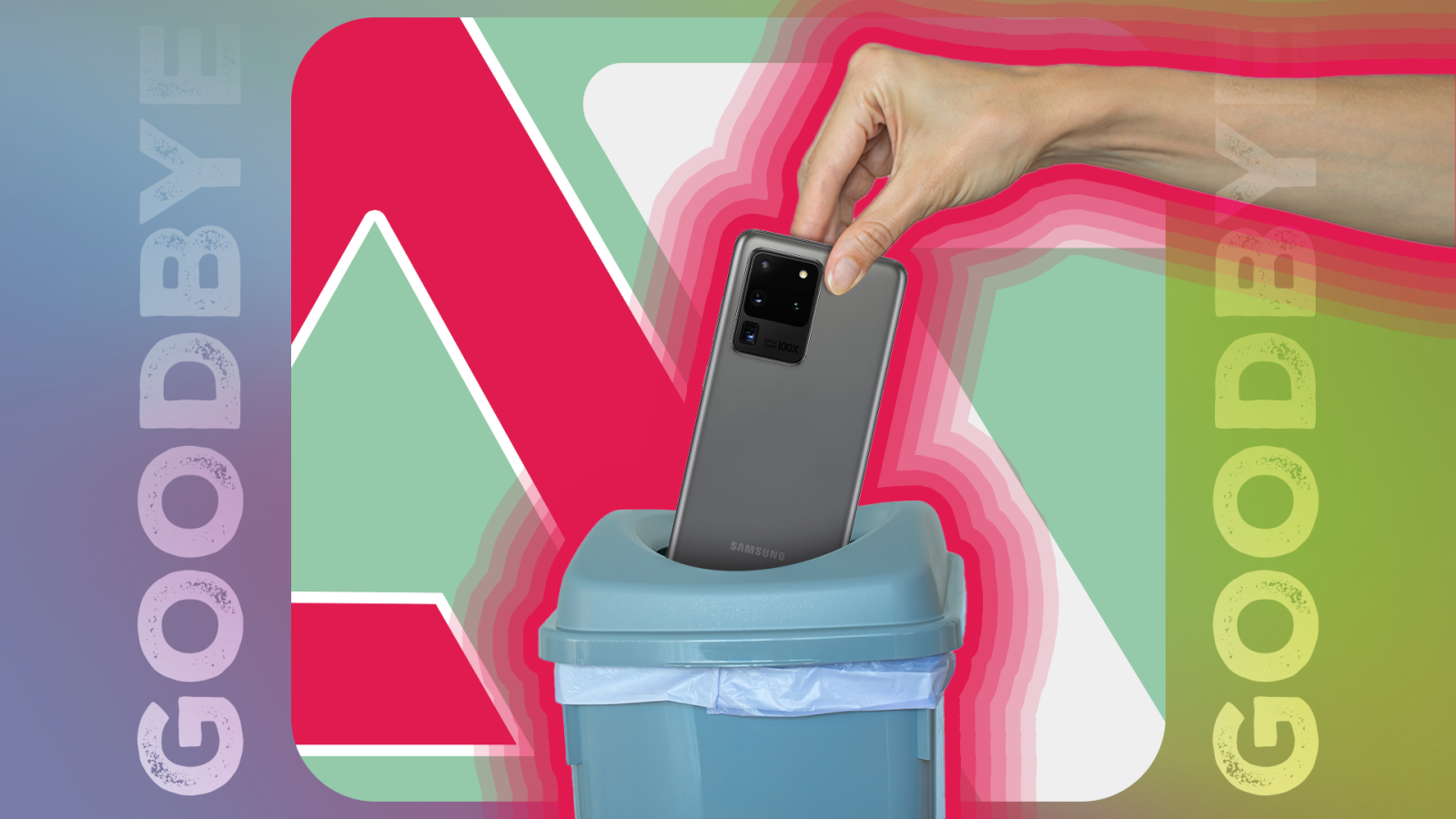It takes a lot to get me to feel strongly about a smartphone, but I hate the Samsung Galaxy S20 Ultra. I don’t often celebrate a device losing software support, but Samsung is doing Galaxy S20 Ultra owners a favor. If you’ve hung in with one this long, I hope this is the catalyst you need to upgrade.
It’s not just the Galaxy S20 Ultra’s poor performance that draws my ire. The phone ushered in an era for Samsung of overpriced, ugly flagships. It signaled a change in the company’s design language, one we haven’t seen cycle through. I dislike the Galaxy S20 Ultra because it displays Samsung at its worst, ignoring design, performance, and features for a bloated device that no one asked for.
Related
What came before was perfection
I’ve never seen a worse downgrade
I consider the Samsung Galaxy S10+ to be the company’s high watermark. The design was elegant, lightweight, and functional. It weighed only 175g but didn’t lack power or battery life. Its Snapdragon 855 didn’t overheat, showing that Samsung could produce an attractive phone without the typical pitfalls. The price was also attractive. At $1,000, the Galaxy S10+ was worth the price of admission. I was never a champion of smartphone prices skyrocketing, but fair is fair, and the Galaxy S10+ at least played the part.
I still wouldn’t have liked the Galaxy S20 Ultra if it ran well, but I would’ve given Samsung a pass.
I don’t know how Samsung took such a beautiful design and turned it into the Galaxy S20 Ultra in one year. The S20 Ultra was everything the Galaxy S10+ wasn’t. It had an outsized 6.9-inch display and a huge (for the era) 5,000mAh battery. Those features alone aren’t disqualifying, but Samsung’s implementation was awful. The Galaxy S20 Ultra was a thick, heavy slab without any of the personality or charm of the Galaxy S10+. It was a generic smartphone straight out of central casting. I only wish the problems stopped there.
It didn’t work very well
All that power and size for nothing
I still wouldn’t have liked the Galaxy S20 Ultra if it ran well, but I would’ve given Samsung a pass. Unfortunately, the phone was a mess, especially for $1,300. For its lifespan, the phone was plagued by autofocus problems, often resulting in blurry photos. Samsung attempted numerous software fixes, but the only practical solution was to add laser autofocus on the following year’s Galaxy S21 Ultra.
Poor camera performance aside, the Galaxy S20 Ultra offered middling battery life, disappointing given its 5,000mAh cell. What’s the point of carrying around all that extra size and weight if you can’t even benefit from more screen time from a single charge? Software updates were spotty, and I remember mine dropping calls repeatedly. It wasn’t the same hardware reliability we’d expected from Samsung, and I never fell in love with the device.
While phones like the Galaxy S10+ justified their price tags in my mind, the Galaxy S20 Ultra never came close. It felt unfinished, and that’s more than I was willing to stomach for the most expensive smartphone on the market.
I hope there is light at the end of the tunnel
Maybe Samsung can turn things around
If the Galaxy S20 Ultra were a one-off mistake for the company, I’d live with it. Unfortunately, we saw a trend with Galaxy phones over the next five years. Prices stayed high, and while most of the newer phones worked better than the S20 Ultra, the spirit remained. The devices were slowly stripped of character and features, and the innovation stopped. The Galaxy S20 Ultra felt slapped together and lazy, and I could still use criticisms to label the Galaxy S25 Ultra.
However, all is not lost. I’m still a Samsung fan. I refuse to give up on the company that made the Galaxy Note 4 and Note 9, some of my favorite phones of all time. I hang my hopes on the Galaxy S25 Edge. It’s a chance for Samsung to prove it can still design a sleek, powerful phone that would be the natural successor to the Galaxy S10+. Samsung has reused designs for years, so it’s a shame the S10 never got another chance. Samsung can make that right with the Galaxy S25 Edge. I’m hoping the company will use silicon-carbon battery technology to give the phone respectable battery life, and I’m fearful the price will be too high. But I’d have hope for the future if Samsung could get it right.
The Galaxy S26 also shows promise
I keep hearing rumors that Samsung is making more significant changes to the Galaxy S26 series — I hope so. It’s time for Samsung to realize that Galaxy AI innovations on a phone aren’t enough to entice people to buy, and nothing beats meaningful hardware improvements. The Galaxy S20 Ultra led to Samsung’s darkest era; let’s hope there’s light at the end of the tunnel.

Leave a Reply